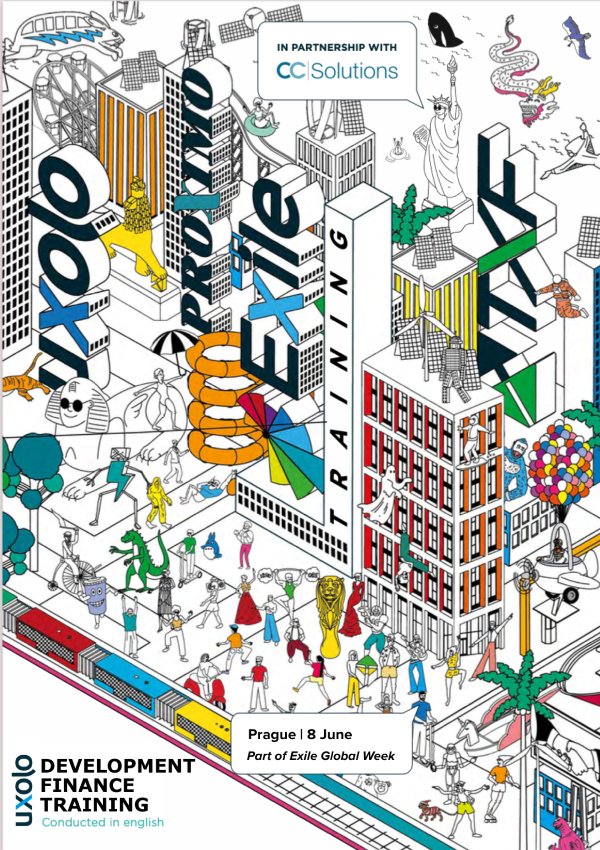CLIMA: A new type of grant to unlock debt market ambitions?
IDB’s new CLIMA initiative offers a new type of grant that imitates a 5% loan principal discount to borrowers for meeting nature and climate objectives. The goal is not only to incentivise ministries to align with their NDCs, but also to build an institutional groundwork for tapping green and thematic debt markets. Uxolo talks to Federico Brusa, climate change senior specialist at IDB, about the initiative’s origins and impact.
IDB's Biodiversity and Climate-Linked Mechanism for Ambition (IDB CLIMA), currently in the pilot phase, will provide borrowers with a results-based grant that imitates a discount when nature and climate objectives of selected loan projects are met. The discount is provided in the form of a grant for 5% of the loan’s principal. To be eligible for the reward, borrowers must meet three, suitably ambitious, KPIs that are designed to prepare them to access green and thematic debt markets.
Up to $1 billion in loans from the bank's ordinary capital will be provided for ten projects chosen for the pilot phase. The first nine participating countries have already been announced: Barbados, Belize, Brazil, Chile, Colombia, Dominican Republic, Paraguay, Suriname and Uruguay, with one more currently in negotiations.
The pilot was met with high demand from over 16 countries and IDB is already talking to donors and other members of the bank to see if the programme can be expanded. For now, projects are set to move ahead quickly with three to five expecting approval in 2024 and those remaining in 2025. Projects so far range from a water sanitation intervention project in Paraguay, aiming to contribute to the greening of the investment portfolio of sanitation works in the country, and an intervention into Uruguay’s energy sector, which aims to increase the scale of investment and steer through its second energy transition.
The philosophy
IDB saw an opportunity to develop a sovereign sustainability-linked bond (SLB), but for its lending. However, “there is a slightly different philosophy to it, as we recognise that the balance sheets of MDBs are not enough to meet climate targets”, says Federico Brusa, climate change senior specialist at IDB. “Countries that are already highly indebted will need to access debt markets to achieve their climate target.” The pilot’s general objective is that any IDB intervention must be used to increase the readiness level of that borrower to access green and thematic debt markets, without incurring reputational or other types of risks.
The interventions are structured so that between year two and year three of the execution of the loan, borrowers should be at a level ready to issue their own debt. “While the 5% grant discount is interesting, what is even more interesting for these debt managers is that they can start improving their debt profile before the IDB loan is fully executed”, says Brusa.
Offering countries a route for accessing green and thematic debt markets would allow them to access lower debt costs. But before they can tap these markets, they need to have the capacity to not only achieve climate targets but commit to ambitious ones and report on their progress, especially in the case of results-based financing. As Brusa says, “investing in transparency is not just about reporting to the UNFCCC about your national GHG inventories – it’s about helping you access lower debt markets, about reporting regularly to investors, about meeting ICMA standards”.
The green finance landscape is relatively new – it is not uncommon to see products being sold as green become brown when taxonomies get updated. “As a development bank, our role is not just to incentivise actors to go to markets”, says Brusa, “but to make sure that when they do they are protecting their reputation, their credit, and they are not incurring greenwashing accusations”.
At its core, the programme is aiming to reward a change in the design of operations related to climate commitments such as NDCs (or NBSAPs and NAPs), which do not always translate into the way a ministry of energy does policy. Ministries do not always have a clear mandate to align investments and policies with the Paris Agreement or their country’s NDCs – “we need to change that and to incentivise the ownership of a bottom-up approach so that every single sector, every utility, every subnational borrower, every DFI aligns their policy objectives with a country’s climate and nature commitments”, says Brusa.
Brusa describes how, within the UK Treasury, there are approximately 70 experienced staff working on climate change – in contrast, some of the most advanced countries in Latin America can only boast one person in their Ministry of Finance working on climate change. “There is such a big difference in terms of human capacity”, he says.
He continues that it was not easy to approve the use of ordinary capital for a pilot program, risking the bank’s most expensive resources, but “our governors fully agreed that we had to put our money where our mouth was in terms of supporting climate policy”.
The potential
The pilot is meant to signify a new systematised approach to IDB’s interventions, not a one-off, single-country intervention. “We want to be able to apply this programme to potentially all types of interventions the sovereign debt branch of IDB does”, says Brusa. “The scale is limitless. All loans could eventually be made this way.”
IDB has already drummed up interest from other MDBs and partners which could work with IDB to replicate the initiative, or scale the grant amount – potentially with philanthropic capital. If the initial projects are successful a host of new sovereign green debt issuances could follow in only two to three years, and with ambitious and actually achievable KPIs.
The key point for Brusa is about taking a realistic approach: “As a development bank, this is not about getting countries to issue targets that they may or may not achieve. That way, we would be issuing debt, touting its impact on reaching climate targets, and in the end making countries pay more. Instead, this is about developing a pipeline of projects that will really help countries to issue, whether that’s a traditional green bond or an SLB, and report to investors that they are actually moving ahead with the achievement of environmental targets.”
Watch the full interview with Federico Brusa using the player above.




